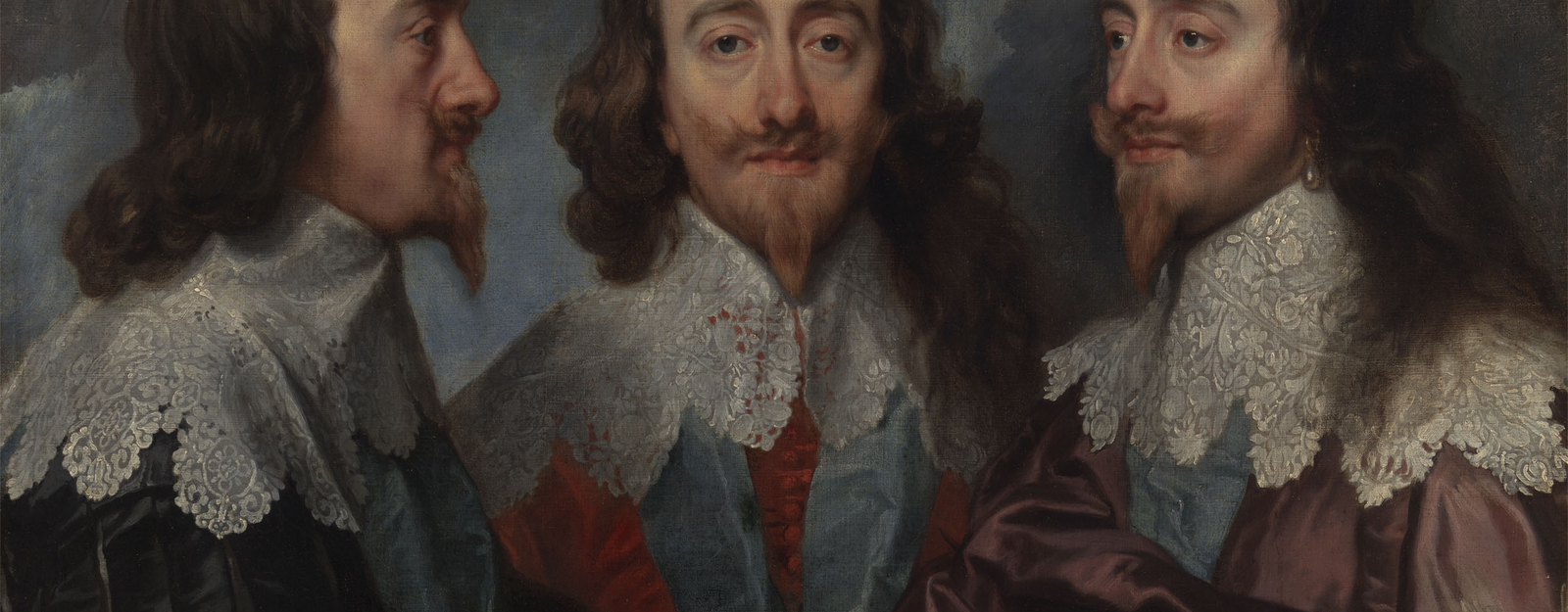Arts Editor, Stephanie Bennett, reviews the exhibition at the Royal Academy, London.
At the Royal Academy, London, there is currently an exhibit showcasing the art collection of King Charles I. For the first time in over four centuries, his assortment of masterpieces are on display for the public. Executed in 1649, with one well-positioned axe blow, the fervent accumulation of Charles’ paintings were either commissioned, bought or received by famous names such as Rembrandt, Raphael, Leonardo and Titian. Dispersed all over Europe to the grasping fingers of European ambassadors, they have now been reunited in Charles I: King and Collector. The display will be in London until April 15th, but it is perhaps particularly striking that the exhibit will remain stationary in London alone amongst the other well-funded and highly recognised art scene of theatres and galleries.
Understandably, to gather so many extraordinary paintings from across the world, it would be arduous and potentially hazardous to risk the transport around the country. However, it seems ludicrously characteristic of the art world to fuel so much money and time into the exhibit to only showcase it in the capital; to not even attempt to provide such historical and artistic works to the rest of the country, clearly demonstrates the unfair North/South divide. If the exhibit is as stunning and wondrous as critics and admirers have suggested, and if as much money as can be assumed has been thrown at the exhibit, then why hasn’t there been more initiative to fund the visitation of a wider audience?
If the exhibit is as stunning and wondrous as critics and admirers have suggested, and if as much money as can be assumed has been thrown at the exhibit, then why hasn’t there been more initiative to fund the visitation of a wider audience?
Surely the advent of technology has had one of the largest influences on art. The widespread availability and easy access to images from the collection are significant in its impressive capacity to capture the brilliance and majesty of the paintings. If London is so keen to retain the brilliance and status that such a collection is bound to reap, is its rank undermined and denigrated by the availability of some of its most prestigious pieces? Or does the wider convenience for all of those that cannot visit London enrichen the wealth that the collection has? For those who cannot afford a trip down to London, the technological reach the internet allows art to make still enables a shared appreciation and admiration from afar.

Critics and admirers have rejoiced the exhibition’s opening since January, one noting “This is a landmark exhibition. You will not see the likes again. Don’t miss your chance.” Surely, this is somewhat hypocritical when such a chance is a rare occurrence for most of the population. Such a ‘landmark exhibition’ that will not be seen again is perhaps an oxymoron of the highest proportion. If it’s such a jewel of English heritage then surely more should be done to maximise the audience, not just in number but in a variety of class and background. “Don’t miss your chance” – that might be, but for how many thousands that visit the collection, many hundreds more will not. Therefore, surely more should be done to not only make this particular collection accessible but all of the ongoing projects and galleries that deserve to be visited and admired.
On a more positive note, the art world should rejoice in the accumulation of art that hasn’t been seen together since Charles’ execution in 1649. Without the Internet however, there would be no way for the wider world to view and admire such a prestigious and priceless collection. What is the purpose of art if not to be venerated? Surely to restrict such astronomical beauty is a crime. Charles I was convicted of high treason by Cromwell and such limitations placed upon art will create not only an antipathy akin to this but also act as a similarly treasonous assault.
Stephanie Bennett
(Image courtesy of Royal Academy)

